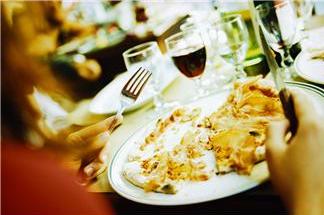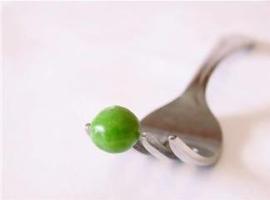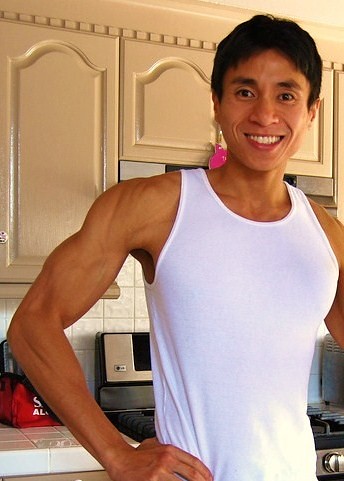I’ll surely ruffle some feathers here and that’s okay. My family was in the food management business for a long time so I know what it’s like to be on the service side of things. Having said that, I only go to restaurants for social reasons or for an occasional indulgence but most of the time, I’d much rather head to a farmer’s market or simply fix something up at home than dine in the finest establishment.
Here’s why:
Too much ambiance
I can’t enjoy a meal when it’s too dark. Some places try to create too much atmosphere by over-dimming the lights, but plain and simple, I won’t enjoy my meal if I can’t see it and all its fine colors.
Too much/too little service
The server never seems to be there when I need him or her and always bugs me when I don’t. I know it gets busy during peak hours, but the ideal scenario would be for them to be visible and available but not ask me questions every moment I put a bite in my mouth.
Also, here’s my #1 rant about restaurants: when busboys ask if they may clear my plate from the table as they already start the process of doing so. It irks me when there’s still food on my plate and you try to take it away. What’s the rush, here? I’m paying a tip, let me relax and chill with food still on my plate. Don’t make me feel like a glutton or a cheap-o by trying to finish what’s served to me and/or get my money’s worth.
Food
Restaurants are in business to make a buck, not to improve your health or nutrition status. Sure, most places now are creating the illusion of healthy options, but most of the time it’s smaller portions of the same stuff (at nearly the same prices) or “vegetarian” i.e. meatless options where everything else is a go.
Menus are usually based on creating a “feel” and not about the real-world fact that friends come along to dine with hosts. And most of the time, I wish I had other options besides ordering a so-so salad with the dressing on the side. When I do get lucky and there is some fruit, it was usually frozen and served in a tiny portion, usually as a “dessert”.
Check, please.











 A common expression of getting in shape is, “Nutrition is 70% of your results”.
A common expression of getting in shape is, “Nutrition is 70% of your results”.